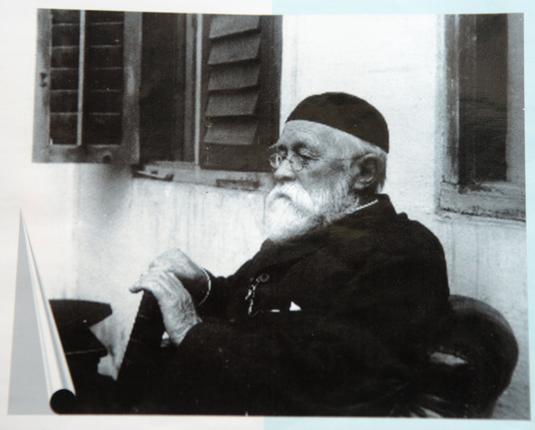
Where did Foote find them?
It was 150 years ago on May 30 that Bruce Foote unearthed those Palaeolithic (Stone Age) finds that gave India a prehistory. The generally proffered story is that he found them in “a ballast pit” in Pallavaram, ballast in this context perhaps meaning coarse stone or gravel for road-building or rail track-laying, for which the Pallavaram area is well-known. It is also reported that he made his finds near the ‘Parade Grounds’ in Pallavaram. The ‘Brigade Grounds’ are also mentioned in this connection. Now where were these grounds in Pallavaram, that southern suburb of Madras?
To the best of my knowledge, the St. Thomas’ Mount Cantonment is really the St. Thomas’ Mount-cum-Pallavaram Cantonment, stretching south from Kathipara Junction to what was the first major industrial unit in the area, once known as English Electric and now as Areva. The almost 3,200-acre cantonment once had, I’m told, three parade grounds. They were the regimental parade ground in Pallavaram, the Madras Area headquarters parade ground that is now the Officers’ Training Academy ground, and the Artillery Park and parade ground in what is now Mohite Stadium in the shadow of the Mount. In which of these or near which of them was the ballast pit that Foote delved into and achieved fame? Juxtaposing Parade Ground and Brigade Ground, the two sites mentioned, I would be inclined to point to what’s now the Mohite Stadium grounds, the only space big enough for the parade of a brigade. But can anyone offer something more than speculation?
The St. Thomas’ Mount-cum-Pallavaram Cantonment is said to be the second oldest in India. The oldest I’m told was Calcutta’s Barrackpore, established in 1772. But it got its administrative Board in 1775. St. Thomas’ Mount-cum-Pallavaram got its Board in 1774 and was a much earlier military station than Barrackpore. So I’d be inclined to claim St. Thomas’ Mount-cum-Pallavaram as the oldest cantonment — and not the second oldest as the Army would have it — in the subcontinent. But then, as many say about me, I’m prejudiced. More definite, however, is the fact that Bruce Foote’s were the first Palaeolithic finds in South Asia. And, so, he is called the ‘Father of Indian Prehistory’, according to Dr. Shanti Pappu who is tracing his life story and re-exploring his excavation sites.
source: http://www.thehindu.com / The Hindu / Home> News> Cities> Chennai> Columns / Madras Miscellany / by S. Muthiah / June 02nd, 2013